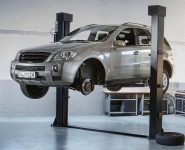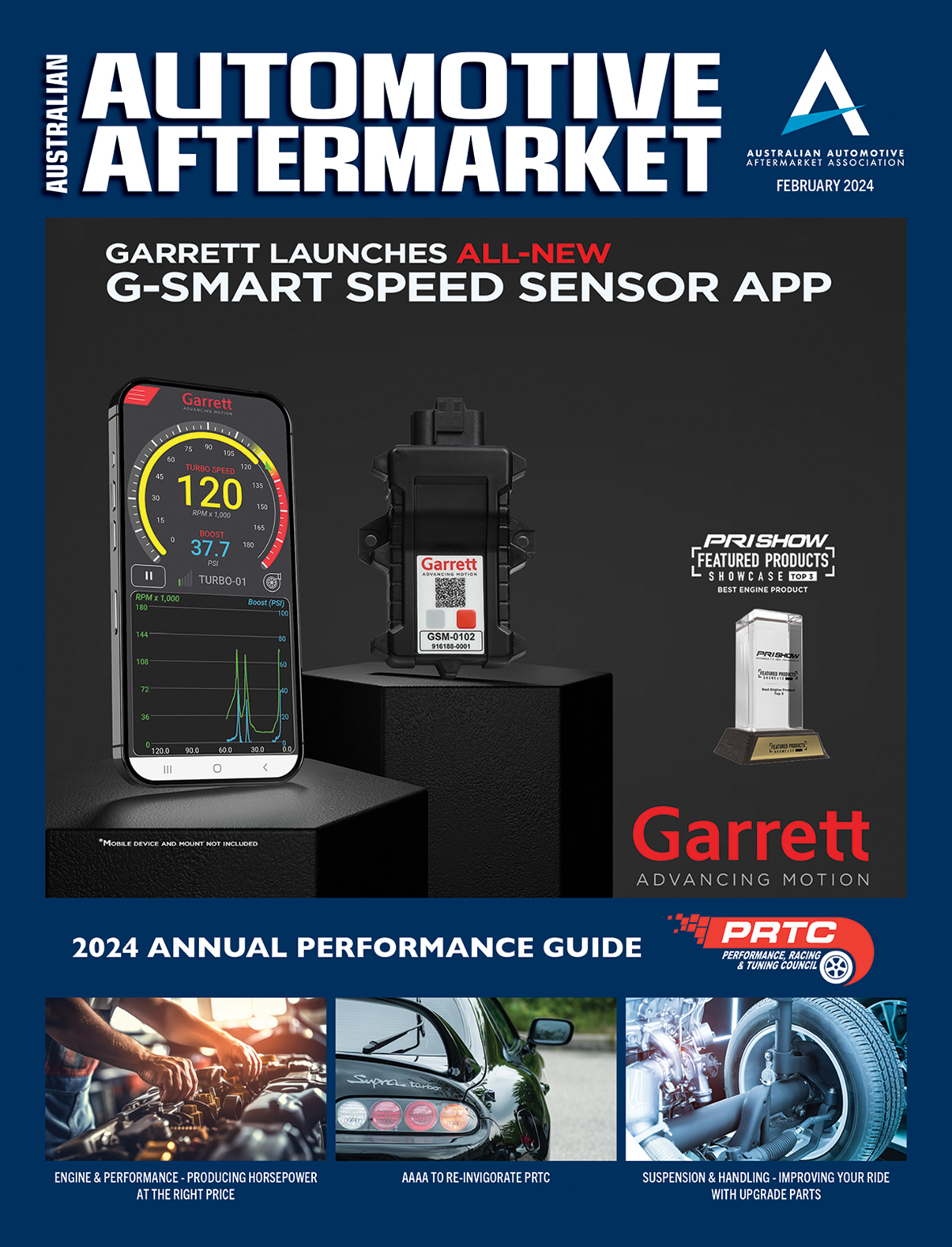BILSTEIN TALKS SUSPENSION COMPONENTS
More than just shock absorbers and springs
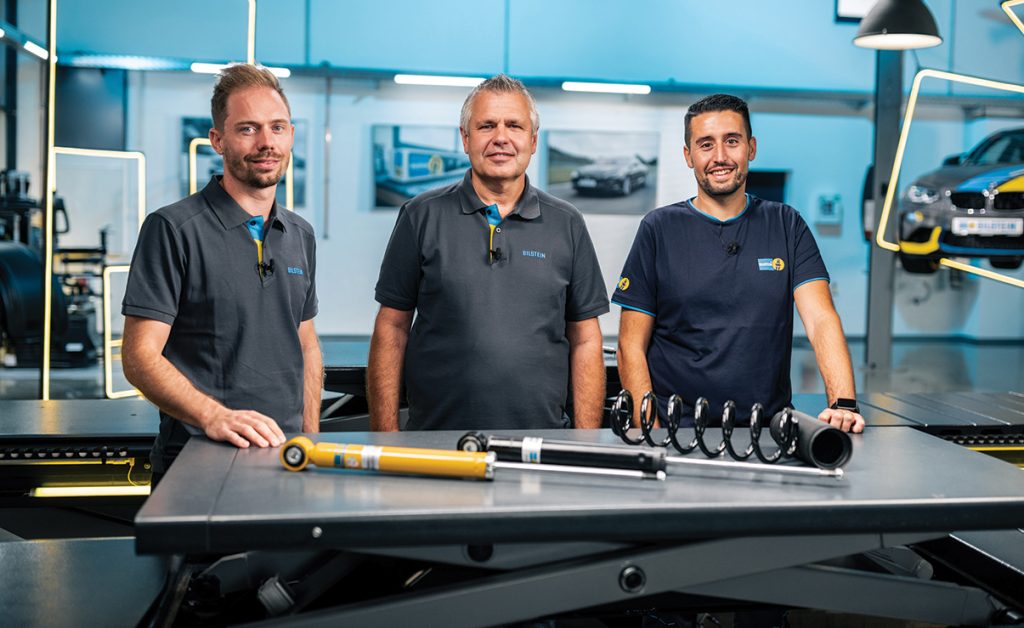
As part of its video series “Suspension fundamentals – powered by Bilstein Academy,” the experts from the Bilstein Academy regularly provide valuable practical tips for automotive professionals.
In the fourth episode, Bilstein Academy Head Rainer Popiol and Mustafa Yavuz from Bilstein Technical Support focus on suspension components that are often literally overshadowed by shock absorbers and springs – and yet are extremely important. Motorists can also look forward to a little something extra.
When we talk about the suspension of a car, we usually only talk about shock absorbers and springs. However, suspension components such as the strut bearing, the dust boot and the pressure stop are just as important. And quite a few of these components should always be replaced when shock absorbers are exchanged.
Regularly check suspension components such as wishbones, coupling rods and tie rods
To ensure driving safety and comfort, all suspension components must be checked regularly. For example, during the suspension check, but at the latest when shock absorbers need to be replaced. Like the strut bearing, for example.
“The strut bearing is the link between the suspension and the chassis on the vehicle, which also enables the rotational movement of a McPherson strut,” said Mustafa, who is responsible for technical support for workshops at Bilstein Technical Support.
Other add-on parts such as the coupling rods and stabilisers, the wishbones, tie rod ends and track rods also need to be checked, as they ensure the correct axle geometry.
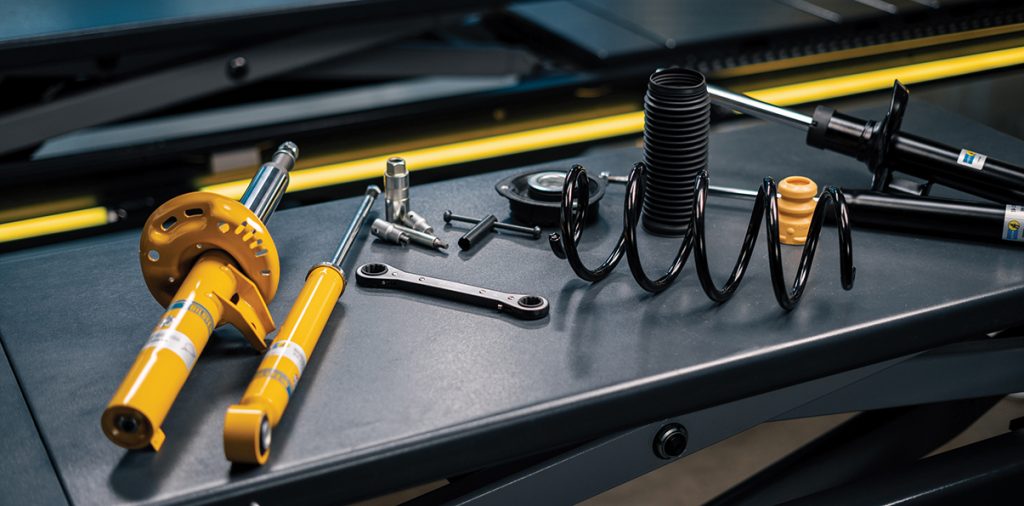
When replacing the shock absorber, also replace the dust boot and the pressure stops
Whenever shock absorbers are replaced, the dust boot and the pressure stop should also be exchanged. For good reason – after all, they fulfil important tasks in the “suspension system,” as Mustafa explains.
“The dust boot has the task of protecting the shock absorber, the piston rod as well as the locking package from stone chipping,” Mustafa said.
“The compression buffer limits the travel of the spring so that the components are protected, and the free movement of the wheel is ensured.”
Rainer recommends that once it has been determined which parts are needed, an initial look at the online catalogue at Bilstein.com is a good idea.
“I can make an initial pre-selection here and then also see what information is stored: is there a normal standard replacement damper, is there perhaps the Bilstein B6, the high-performance damper, which we have tested again specifically in the road test?” Rainer said.
“And also importantly: which add-on parts do I need? It is all in this online catalogue.”
The parts can then be ordered from the dealer or wholesaler. Incidentally, all standard spare parts from Bilstein always offer the same fit as the OE parts, says Rainer.
Easy ordering and installing suspension components
When it comes to installing suspension components, it is always important to the suspension professionals at Bilstein that the process runs smoothly in the workshop, so Bilstein puts a focus on the installation instructions.
“If we find that the vehicle manufacturer’s installation instructions cause problems, we make our own assembly instructions and also provide further information, such as videos,” Rainer said.
If all else fails, the experts at the Bilstein Academy are on hand to help. Bilstein says workshop professionals can always contact Bilstein’s technical support by e-mail or by phone, even if the vehicle is on the lifting platform and information is needed quickly.
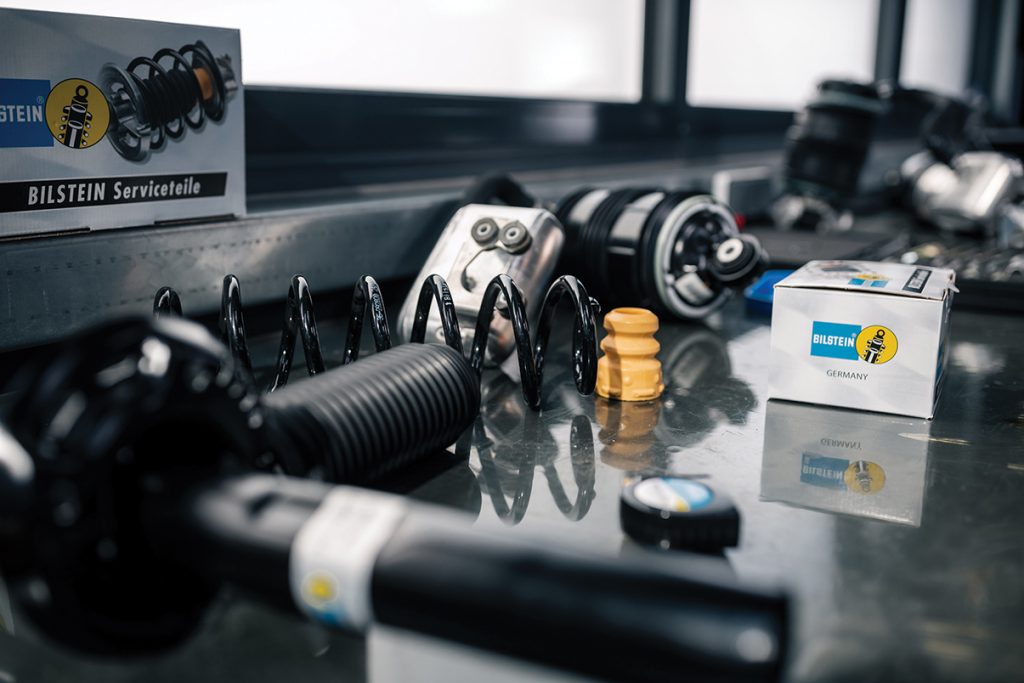
Tips for correct installations
Speaking of installation, one of the topics covered by the Bilstein Academy in the “Suspension Fundamentals – powered by Bilstein Academy” series is tips for the correct installation of air suspension, as cars with these systems become more and more popular.
As is so often the case with innovative technologies, even experienced automotive professionals are often apprehensive about working on air suspension systems. However, Bilstein says they need not be, stating the challenges aren’t that great.
It explains that yes, working with products such as the B4 air suspension module or the B3 air spring from Bilstein involves special requirements, but if mechanics and mechatronics engineers follow a few basics, the replacement of air suspension components can be mastered without any great problems.
The assessment and identification of defects is carried out somewhat differently than in the case of problems with a conventional suspension system.
Since the air suspension module is designed as an enclosed component, unlike the familiar suspension struts with open shock absorber and separate spring, oil leaks cannot usually be detected.
This makes further checks all the more important. In particular, a test drive to check for noises and driving stability is critical. In addition, automotive professionals can actuate the solenoid valves in order to check the condition of these components.
For more information on this topic including an example case of replacing the air suspension of the AirMatic Mercedes E-Class series 211, and many other helpful tips, Bilstein invites you to check out the “Suspension Fundamentals – powered by Bilstein Academy” video series today.
For more information, visit workshop.bilstein.com




